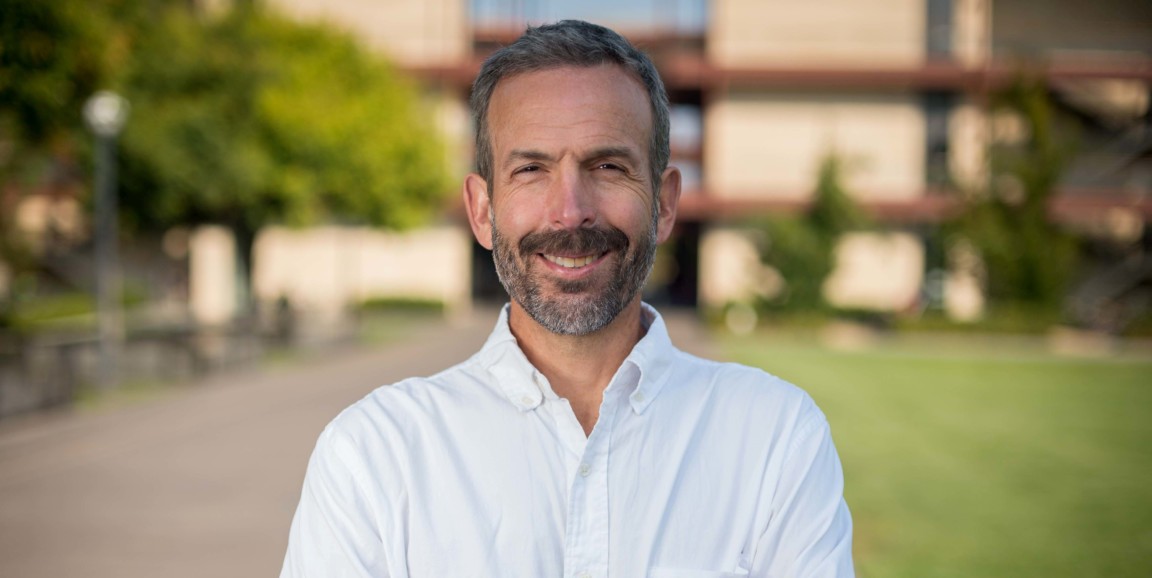A promising new anti-cancer treatment called adoptive cell transfer is marching steadily closer to practical use, but there's a roadblock. Now, though, it looks as though Stanford structural biologist Chris Garcia, PhD, and his colleagues have found a way around it.
In my release about the advance, which was just published in Science, I wrote:
In adoptive cell transfer, immune cells called killer T cells are purified from a patient’s blood, endowed with superior tumor-recognition features via genetic engineering, and induced to proliferate. The modified cells are returned to the patient’s circulatory system, where they can efficiently and selectively destroy tumors. But this approach is hampered by the modified T cells’ failure to continue to survive, multiply and sustain their targeted rampage for substantial amounts of time after they’ve been transferred back into the patient. That’s because the altered T cells need frequent “booster shots” of a crucial protein called interleukin-2, or IL-2, just as natural T cells do.
IL-2 is a master regulator of the immune system, produced naturally by numerous types of immune cells and secreted in response to various threats. When it binds to receptors on T cells’ surfaces, it spurs them to action. Deprived of this booster substance, once-active T cells become inhibited, exhausted and, ultimately, burnt out. That's also true of the modified T cells infused into a cancer patient to do battle with that patient's tumor.
So, why not perk these infused altered T cells up with regular injections of IL-2? Here's why: Receptors for IL-2 show up not only on T cells but on other immune cells that are better left inactive during cancer therapy — not to mention many other non-immune types of cells in the body, such as lung cells. IL-2 can induce damaging inflammation to the tissues containing those cells.
The resulting side effects provoked by substantial doses of the powerful protein — especially pulmonary edema — are so severe as to outweigh the advantages of the treatment.
Garcia — whose team in 2005 first determined the detailed 3-D structure of IL-2, the immune-signaling protein — and his colleagues figured out a workaround. They performed laboratory alchemy to coordinately warp the shapes of both IL-2 and its receptor so that each lost its former affinity for its untransformed binding partner — but now the altered protein and altered receptor clung as strongly to one another as ever.
When they then used advanced laboratory alchemy to snap the modified receptors onto the surfaces of T cells from mice, those T cells responded to modified IL-2 exactly as natural T cells would be expected to respond to ordinary IL-2. Unmodified T cells didn’t respond to the modified IL-2 at all.
The altered-protein/altered-receptor match-up proved able to shrink ordinarily highly aggressive tumors in these mice without producing the lethal tissue damage unmodified IL-2 did.
It's an off-beat love story. A bioengineered immune-signaling protein/receptor "odd couple" that only have eyes for one another may, together, someday eliminate the dangerous side effects of a breakthrough anti-cancer therapy. “And the patient lived happily ever after.”
Photo of Chris Garcia by Josh Edelson/HHMI




